Large Format Kodachromes
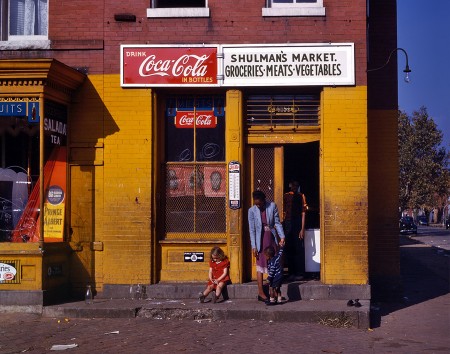
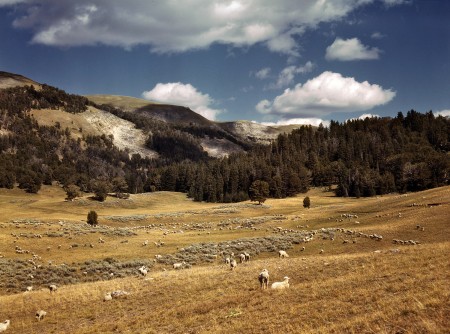
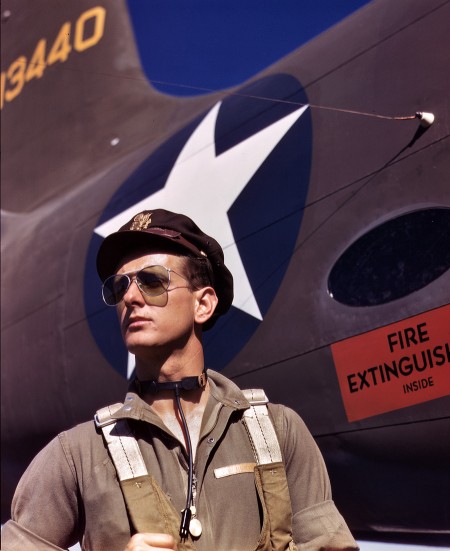
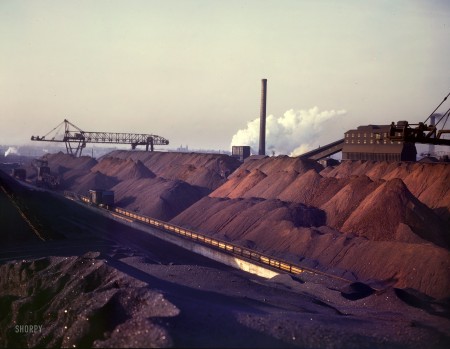
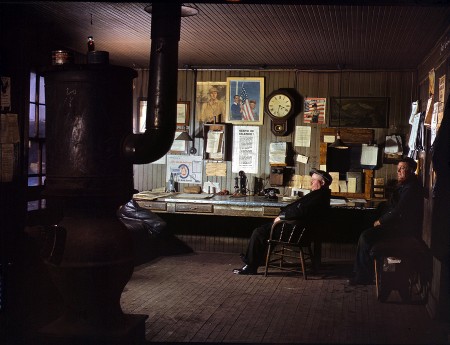
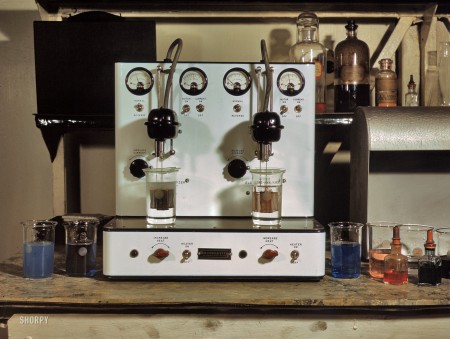
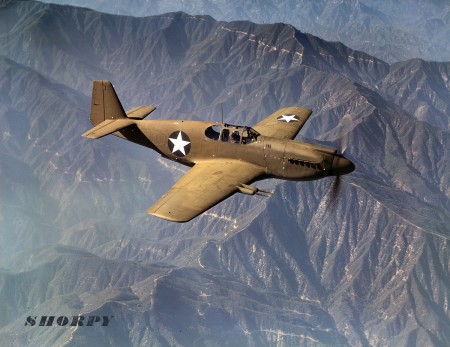
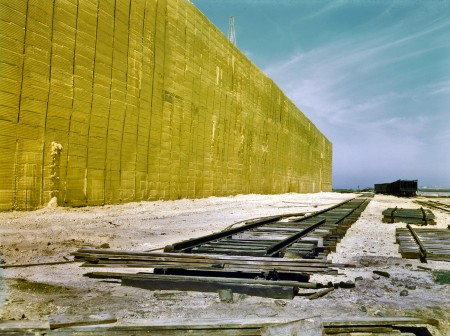
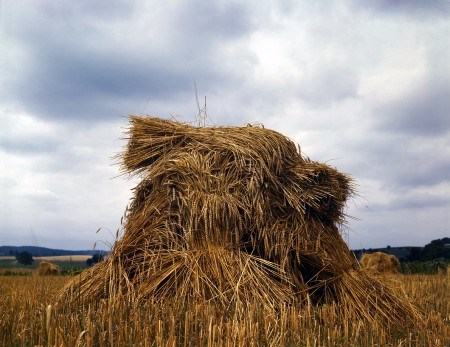
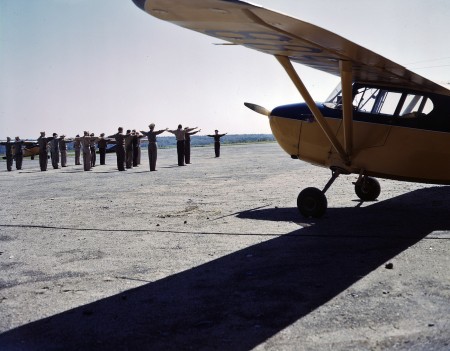
Some vintage WWII / 40’s era Kodachromes. Always amazed at the color and detail of these. Images like these are a stark illustration of the limits of technology. Or at least of what we consider technological progress. True, photography has become more convenient and cost effective, increasing availability and enabling more people to participate. I think on the whole this is worth the cost of the death of film. But the sad truth is that the kinds of images you see above are a dying breed. In fact, I have not personally seen anything approaching this kind of quality come out recently (please correct me if I’m wrong, I’d love to see people doing stuff like this currently).
Although these shots are all beautiful, they don’t hold a candle to William Eggelston’s brilliant work which occupies the same kind of color space in my mind.
On a side note, I just got to Barcelona! One of my favorite cities, so happy to be able to relax here for a few days after our long European tour.
Via Shorpy
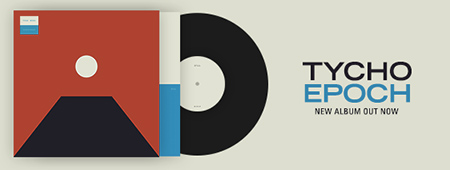
7 Comments Leave A Comment
mdoane says:
March 1, 2012 at 7:07 amI agree. The quality of big film is so hard to describe. There’s just something special about it. High end digital medium format doesn’t even achieve the same look either. I’m not sure what it is, but the colors, latitude, and subtle softness while maintaining incredible detail is pure magic.
Kurney says:
March 1, 2012 at 8:46 amI love the old Kodachromes myself, it’s amazing how good the early color work is. I actually still use medium format slide film and there’s nothing like seeing the transparencies on a light table.
Jay M says:
March 1, 2012 at 2:08 pmLovin’ the 6th one down, looks like a scientific coffee machine. :)
owen says:
March 1, 2012 at 4:41 pmFilm is my love. I don’t like to be the guy who says check my work in comments sections, but I do shoot a lot of it and I try to maintain a level of excellence that Slim Aarons, William Eggelston, and many many others have before me.
http://kingoden.blogspot.com/p/selected-works.html
Greg Ponchak says:
March 4, 2012 at 7:33 pmThese are absolutely gorgeous. I’m probably being overly optimistic, but I’m not convinced that film will completely die out any time too soon. Film is still used by a good chunk of professional photographers (Brian Ulrich, Daniel Shea, Alec Soth, etc.) because the latitude, sharpness, and natural grain are still infinitely better than even the best digital cameras available. The cost-effectiveness of film to digital, when it comes to resolution, again tips in film’s favor. Medium format digital backs go for upwards of $10,000 to achieve the same resolution of a $3.50 roll of film. Obviously there are benefits to digital being that it’s quick, convenient, and you know what you have instantly, but film still has it’s place :).
C42D says:
March 5, 2012 at 7:53 amamazing colors. and subjects.
Anders Sandell says:
March 7, 2012 at 3:27 amPerhaps what we’re seeing with photography is a bit similar to what we’ve see, seen with the rise of desktop publishing, participation in all areas of design has risen with barrier to entry having been lowered, but that doesn’t automatically mean a rise in quality of the design. I started by learning design with technology, and I for a while I was an absolute champion of it. Then a few years back I went to Academy of Art and took some old fashion drawing classes in the ID department, where the main medium was marker and pen, pencil, ellipse guides and french curves. It made me a much better designer.
An anecdote that I liked I think I read it in Designing Design, was that in Japan before the advent of the computer, designers had to be able to draw 10 lines with in a mm. The point is not that they had the hand skill to do it, ultimately a computer can draw how many lines we want inside a mm, but that they had the eye sensitivity to actually be able to see it. Perhaps that is the most valuable kill older more cumbersome mediums gives us, a heightened sensitivity to our craft. So I people don’t take me for a luddite, I really think in today’s world you need to be ambidextrous not having a preference between analog and digital mediums, but using both.